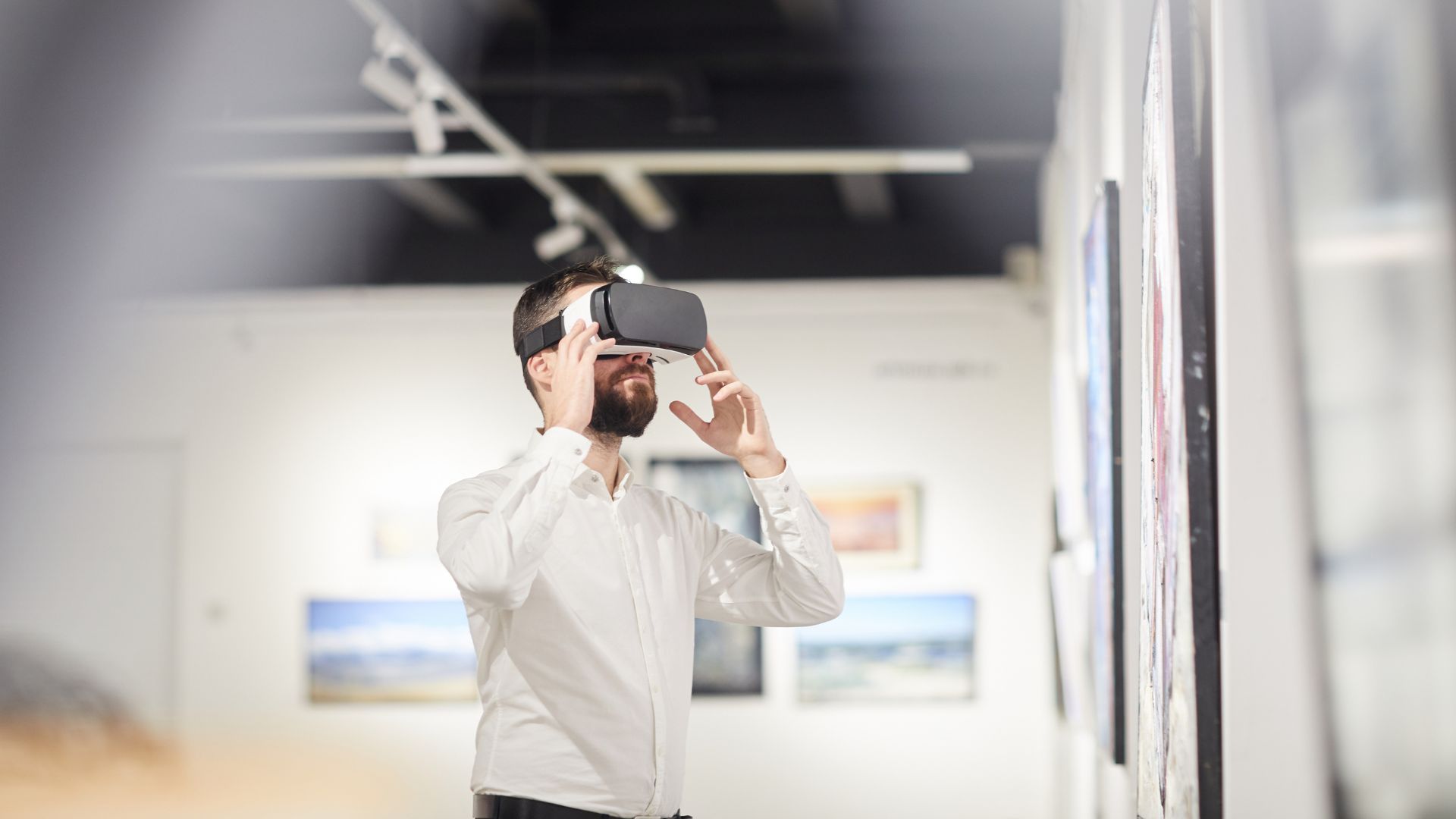Augmented Reality Museum
As an expert in the field, I’m diving into the fascinating realm of augmented reality museums. Imagine a space where history, art, and technology converge to offer visitors an immersive and interactive experience like never before. These innovative institutions blend the physical and digital worlds seamlessly, revolutionizing traditional museum visits.
Stepping into an augmented reality museum, one is transported to a realm where artifacts come to life, historical events unfold before their eyes, and artworks reveal hidden layers of meaning. Visitors can engage with exhibits in new ways, gaining deeper insights through interactive displays and virtual enhancements. It’s a marriage of past and present, offering a fresh perspective on storytelling and education.
The concept of an augmented reality museum opens up endless possibilities for engaging a diverse audience, from tech-savvy youth to history buffs seeking a novel way to explore the past. By harnessing cutting-edge technology, these museums break free from conventional constraints, inviting visitors to embark on dynamic journeys through time and space. Get ready to witness history in a whole new light at these groundbreaking cultural institutions.
Augmented Reality in Museums: An Overview
Augmented reality museum (AR) has revolutionized the museum experience by blending the physical world with digital elements, offering visitors a dynamic and interactive way to engage with exhibits. AR technology overlays computer-generated content onto real-world environments, enhancing storytelling and providing deeper insights into historical artifacts, artworks, and cultural displays.
In today’s museums, AR applications have become increasingly popular for their ability to bring static exhibits to life. By simply pointing a smartphone or tablet at an object, visitors can access additional information, animations, videos, or 3D models related to the display. This immersive approach not only educates but also entertains audiences of all ages, making learning more accessible and enjoyable.
One notable example of AR implementation is the Smithsonian American Art Museum’s “Renwick Gallery WONDER” exhibition. Through AR-enabled devices, visitors could witness virtual elements superimposed over physical artworks, creating a surreal and captivating viewing experience. Such innovative use of technology showcases how AR bridges the gap between traditional art appreciation and modern digital interaction.
Statistics show that museums incorporating augmented reality witness increased visitor engagement and longer dwell times compared to conventional exhibitions. According to a report by the American Alliance of Museums, institutions embracing AR saw a 30% rise in attendance among younger demographics. This data underscores the positive impact of integrating cutting-edge technology into cultural institutions to attract new audiences and enrich educational experiences.
As we delve further into the realm of augmented reality in museums, it’s evident that this transformative tool is reshaping how we perceive history, art, and heritage preservation. By fostering curiosity and interactivity through seamless digital enhancements, AR not only amplifies museum narratives but also fosters a deeper connection between patrons and collections like never before.
Enhancing Visitor Experience with Augmented Reality
When it comes to Enhancing Visitor Experience at museums, Augmented Reality (AR) has emerged as a powerful tool. AR blends the physical world with digital elements, providing visitors with an immersive and interactive experience unlike any other.
One key benefit of incorporating AR into museums is the ability to bring exhibits to life. Imagine standing in front of a dinosaur skeleton and seeing it move or hearing the sounds it made millions of years ago. This dynamic engagement not only educates but also captivates visitors of all ages.
With AR, museums can offer personalized tours based on visitors’ interests. By using AR-enabled devices, guests can delve deeper into specific exhibits or access additional information in real time. This tailored approach enhances learning and ensures that each visitor gets the most out of their museum visit.
Furthermore, AR technology allows for multi-sensory experiences. Visitors can not only see artifacts up close but also hear stories related to them, feel like they are part of historical events through simulations, and even interact with virtual elements in the physical space.
